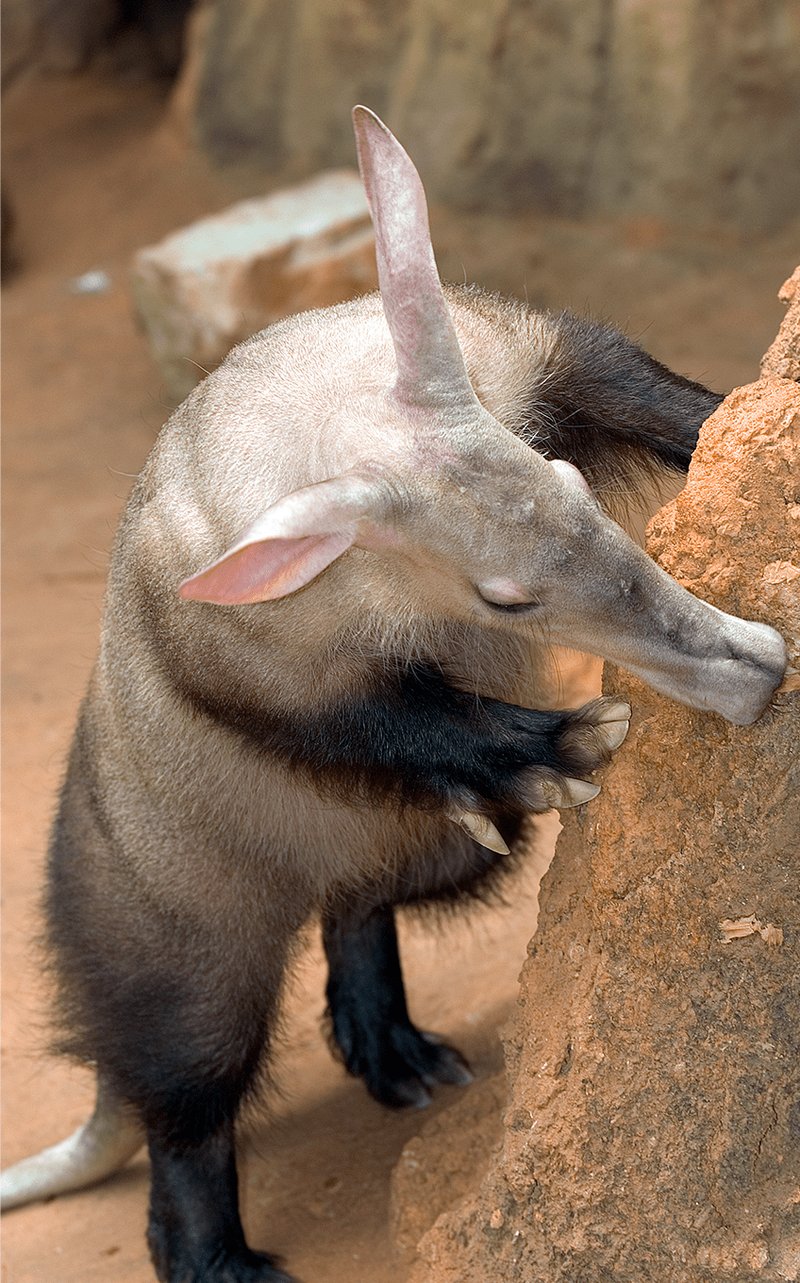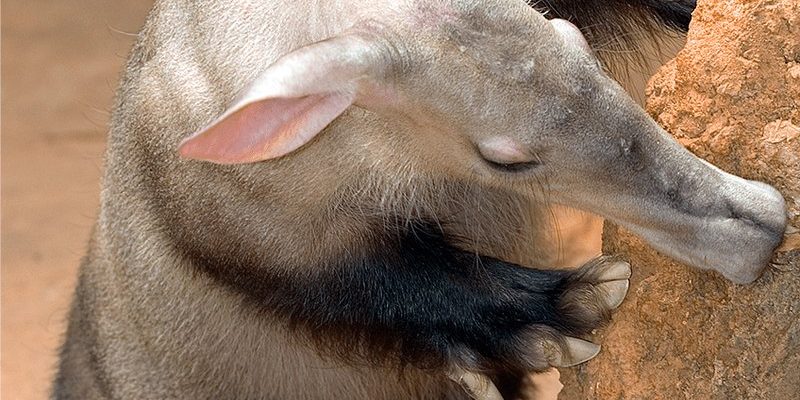
The aardvark is native to the African savannas, where it plays a crucial role in the ecosystem. It digs for ants and termites, which helps aerate the soil and keeps insect populations in check. But with habitat loss and changes in the environment due to human activity, the future of these remarkable animals hangs in the balance. In this article, we’ll dive deep into the conservation status of the aardvark, what’s threatening its survival, and what steps can be taken to ensure this fascinating creature doesn’t become just another footnote in the history of our planet.
Understanding the Aardvark’s Habitat and Role
The aardvark is mainly found in sub-Saharan Africa. It loves to burrow into the ground, creating homes that other animals might also use. Imagine a cozy underground hotel, where aardvarks can retreat from the heat of the day. They mainly thrive in grasslands, savannas, and woodlands that are rich in ants and termites, their favorite snacks.
One important thing to note is that aardvarks are not social creatures. They prefer to live alone or in pairs, which means they do not have the same social structures we see in other animals like elephants or wolves. This solitary lifestyle makes their population dynamics a bit more challenging to study. It also highlights the importance of conserving their individual habitats since the loss of any one aardvark can impact the local ecosystem in significant ways.
In these habitats, aardvarks do a ton of good! Their digging helps aerate the soil, allowing nutrients to circulate better. Plus, by munching on insects, they help keep certain populations in check. Without aardvarks, you’d likely see a rise in termite and ant numbers, which could lead to greater impacts on vegetation and other wildlife in the area.
The Threats Facing Aardvarks
You might be wondering, what’s putting the aardvark at risk? The truth is, there are several factors at play. One of the biggest threats is habitat loss due to agricultural expansion. As more and more land is cleared for farming, aardvarks lose their homes. This not only reduces their living space but can also fragment their populations, making it harder for them to find mates.
In addition to habitat loss, aardvarks face dangers from poaching and hunting. In some cultures, they are hunted for their meat or for traditional medicine. This not only threatens their numbers but can also alter the balance of the ecosystems where they live. When you start removing one species, it’s like pulling a thread on a sweater; other parts start to unravel too.
Another issue is climate change. As the climate shifts, the availability of food and suitable habitats can change. Aardvarks rely heavily on specific environmental conditions to thrive. If those conditions change too drastically, it could jeopardize their survival.
Current Conservation Status of Aardvarks
So, are aardvarks officially labeled as endangered? The International Union for Conservation of Nature (IUCN) currently lists aardvarks as “Least Concern.” This sounds reassuring, but it’s essential to understand the context. While they aren’t critically endangered, their populations are facing pressures that could change this status if conservation efforts are not prioritized.
Local populations in certain regions are declining, mainly due to the threats we’ve already discussed. Conservationists are particularly concerned about specific areas where habitat loss is occurring rapidly. Here’s a sobering thought: if current trends continue, we could see a significant decrease in their numbers in the coming years. That’s not a future any of us want.
It’s also worth noting that the classification of “Least Concern” doesn’t mean “safe.” It simply reflects the current understanding of their overall population health. As conservationists continue to monitor populations and habitats, it’s crucial to support initiatives that protect these unique animals before the situation worsens.
Conservation Efforts in Place
Now that we’ve covered the threats, let’s talk about the good news. There are already steps being taken to ensure aardvarks have a fighting chance. Many wildlife organizations are focused on habitat conservation, working to protect the remaining land where aardvarks thrive. For instance, some areas have been designated as wildlife reserves, providing safe havens away from human development.
Additionally, education programs are being developed to inform local communities about the importance of aardvarks in the ecosystem. When people understand why these creatures matter, they’re more likely to support conservation efforts. It’s like understanding that every part of a community plays a role—when one part struggles, the whole community feels the effects.
Even research plays a critical role in conservation. By studying aardvark behaviors and reproductive habits, scientists can devise better strategies for protecting them. For example, they’re learning more about how to create corridors between fragmented habitats, which can help connect isolated populations.
How You Can Help Aardvarks
You might be thinking, “What can I do to help?” It’s a great question! Supporting conservation efforts is an effective way to contribute. Here are a few simple actions you can take:
- Support conservation organizations: Donate to or volunteer with groups focused on wildlife preservation, especially those that protect aardvarks and their habitats.
- Spread awareness: Share information with friends and family about the importance of aardvarks and what they do for our ecosystems.
- Reduce your carbon footprint: Climate change is a big issue for all wildlife, including aardvarks. By making small changes in your daily life, you can contribute to a healthier planet.
- Visit wildlife sanctuaries: If you have the chance, visit places that promote conservation. This not only helps raise funds for these efforts but allows you to learn more about these amazing creatures.
Every little bit counts. When we come together to protect wildlife, we help ensure a better planet for generations to come.
The Importance of Protecting Aardvarks
You might wonder why it’s so essential to protect aardvarks, given their low-risk classification. Well, these animals are a part of a delicate ecosystem. Their role as insectivores helps maintain balance in their environment, and losing them could lead to unforeseen consequences.
Moreover, they’re an indicator species, meaning their health reflects the overall state of their ecosystem. If aardvarks are doing well, it’s likely that their habitat is healthy too. Conversely, if their population declines, it could signal deeper issues that could impact other species, including humans.
By ensuring the survival of aardvarks, we help preserve biodiversity, which is crucial for ecological stability. It’s about protecting the intricate web of life where every species, big or small, has a role. And let’s be honest; who doesn’t want to see these fascinating creatures continue to thrive for years to come?
In conclusion, the future of the aardvark may not be dire at this moment, but it’s not without its challenges. Conservation is a collective effort that needs our attention and action. By staying informed and proactive, we can help ensure that these quirky, wonderful creatures continue to roam the African landscapes long into the future. So, let’s be the voices for those who can’t speak and work together to conserve our planet’s incredible biodiversity.

